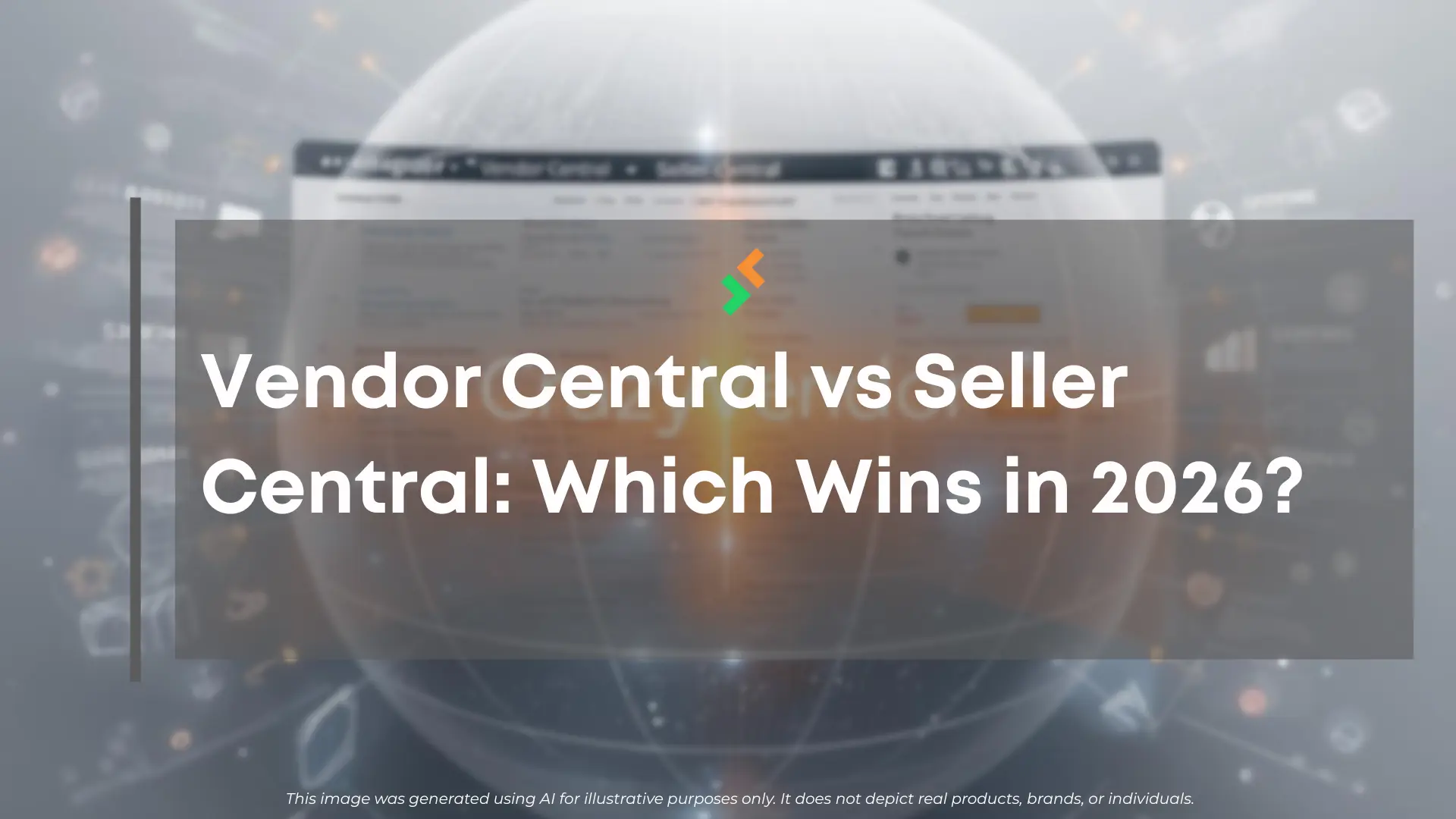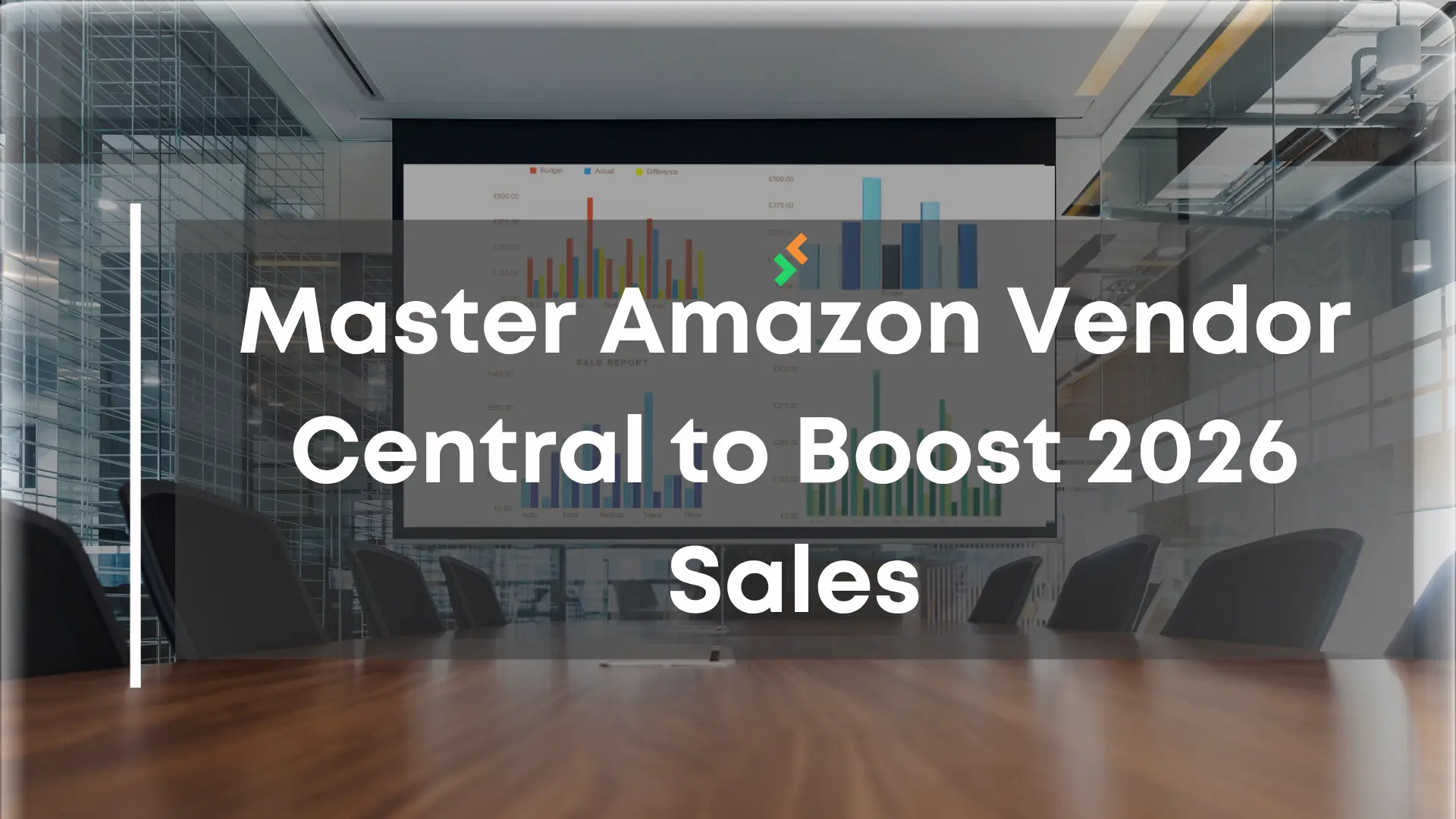
Effective eCommerce inventory management is crucial for success, ensuring that stock levels are optimized, costs are minimized, and customer satisfaction is maximized. At Crazy Vendor, we simplify and automate inventory management, helping you keep track of key metrics effortlessly. By focusing on the right inventory management practices, businesses can streamline their operations, improve profitability, and enhance the overall customer experience. Here are the essential metrics you need to monitor and how our platform assists you:
Table of Contents
Understanding the Importance of Inventory Management in eCommerce

In the fast-paced world of eCommerce, managing inventory effectively is crucial for maintaining operational efficiency. The complexities of inventory management can overwhelm even seasoned businesses, but with the right strategies and tools, you can streamline this critical aspect of your operations.
Effective inventory management in eCommerce involves balancing supply and demand to ensure that products are available when customers need them while minimizing excess stock. Utilizing metrics and data analysis is key to achieving this balance, and Crazy Vendor offers a comprehensive solution to help you achieve optimal inventory management.
For more insights on effective inventory management, check out this blog from SuperDS, which dives deep into the latest trends in inventory management for eCommerce businesses.
8 Key Inventory Management Metrics for eCommerce Success
Tracking the right inventory management metrics is essential for maintaining control over your eCommerce operations. By monitoring key performance indicators (KPIs), you can assess the health of your business, improve forecasting, and ensure a seamless customer experience.
1. Inventory Turnover Rate: A Key Indicator of Inventory Management Efficiency
Inventory turnover rate is a crucial metric for assessing the efficiency of your inventory management system. It indicates how frequently inventory is sold and replaced over a specific period. A high turnover rate suggests strong sales and efficient inventory management, while a low rate may indicate overstocking or weak sales.
At Crazy Vendor, we track and provide insights into your inventory turnover rate, helping you identify slow-moving items and optimize stock levels. By using this metric, businesses can pinpoint which products need to be promoted or discounted and which are underperforming.
2. Days Sales of Inventory (DSI): Understanding Inventory Liquidity
Days Sales of Inventory (DSI) measures the average number of days it takes to sell your entire inventory. This metric is essential for determining how quickly your inventory is selling. A lower DSI value indicates that inventory is moving fast, which is desirable for maintaining fresh stock and reducing holding costs.
Crazy Vendor continuously monitors and calculates your DSI, giving you a clear picture of your inventory liquidity and efficiency. By understanding DSI, you can make better decisions about restocking and avoid stockouts or overstocking.
Learn more about stockouts and overstocking for your eCommerce business in this detailed blog from Crazy Vendor.
3. Stockout Rate: Minimizing Lost Sales and Maximizing Customer Satisfaction
The stockout rate measures how often items are out of stock. High stockout rates can lead to lost sales and dissatisfied customers, indicating the need for better inventory management. Frequent stockouts suggest that your business may need to improve its forecasting and ordering processes to meet customer demand more effectively.
Crazy Vendor alerts you before stockouts occur and tracks stockout rates to help you adjust your ordering processes. This proactive approach helps you prevent costly missed sales and enhances customer satisfaction.
4. Gross Margin Return on Investment (GMROI): Maximizing Profitability
GMROI is a critical metric that assesses the profitability of your inventory. It compares the gross margin to the average inventory cost to determine how well your inventory is generating profit. A higher GMROI indicates that your inventory is generating more profit, which is crucial for financial health.
Crazy Vendor analyzes your gross margin and inventory cost, providing GMROI insights that help you evaluate the effectiveness of your inventory management practices. With better management, you can ensure that your products are not only selling but contributing positively to your bottom line.
5. Order Accuracy Rate: Enhancing Customer Satisfaction
The order accuracy rate measures the percentage of orders fulfilled correctly without errors. This metric is vital for customer satisfaction and operational efficiency. High-order accuracy is essential for building trust with your customers and maintaining repeat business.
Crazy Vendor ensures high order accuracy by streamlining your order fulfillment process and tracking the accuracy rate. By focusing on inventory management and improving your fulfillment process, you can reduce costly errors and enhance your customer experience.
For best practices on improving order accuracy, explore Crazy Vendor’s blog on order and inventory management systems for e-commerce websites.
6. Carrying Cost of Inventory: Reducing Expenses and Improving Profitability
The carrying cost of inventory includes all expenses related to storing and maintaining inventory, such as warehousing, insurance, and obsolescence. Understanding this cost is crucial for minimizing expenses and improving profitability.
Crazy Vendor tracks all relevant expenses and calculates your carrying cost, helping you find ways to reduce these costs. By minimizing carrying costs, you can boost profitability while maintaining optimal stock levels.
7. Sell-Through Rate: Understanding Demand and Stock Efficiency
The sell-through rate measures the percentage of inventory sold within a specific period compared to the amount of inventory received. A higher sell-through rate suggests strong demand and effective inventory management. It reflects the efficiency of your supply chain and how well your stock is being managed.
Crazy Vendor tracks your sales and inventory receipts, providing sell-through rate insights to help you make informed inventory decisions. By monitoring this metric, you can ensure that you are always stocked with the right products at the right time.
8. Return Rate: Identifying Product and Fulfillment Issues
The return rate measures the percentage of products returned by customers. A high return rate can indicate issues with product quality, fulfillment errors, or mismatched customer expectations. Identifying the cause of returns is critical for improving your product offering and fulfillment processes.
Crazy Vendor tracks returns and calculates your return rate, helping you identify underlying issues and improve customer satisfaction. By analyzing your return data, you can optimize your inventory management practices and reduce the number of returns over time.
For more information on handling return rates in eCommerce, check this out from the crazy vendor blog.
Conclusion: Mastering eCommerce Inventory Management with Data-Driven Insights
Tracking these essential inventory management metrics is vital for the efficiency and success of your eCommerce operations. By leveraging real-time data and analytics, you can optimize stock levels, reduce costs, and enhance customer satisfaction.
Crazy Vendor simplifies this process by automating data collection and analysis, providing actionable insights to improve your inventory management. With Crazy Vendor, you can master inventory management and stay ahead in the competitive eCommerce landscape.
Ready to take control of your inventory management? Let Crazy Vendor do the heavy lifting for you.
You can also follow us on social media for more e-commerce insights and updates!










